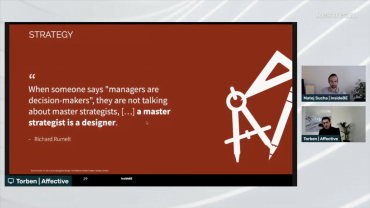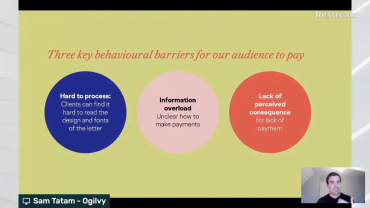Case Study: How Small Changes in Rewards Led to a 43% Increase in Employee Productivity
Unlock to continue reading.
Unlock this video case study – 9,90€, or
Unlock all 60+ case studies – 149€
Or get lifetime access to all of InsideBE for 790€ here.
Content
-
00:07
Introduction
Tim explains the objective of the case study.
-
00:22
Do Rewards Matter?
Yes, they do. But, the research revealed that the best performance levels were when the employees were awarded hedonic gifts (origami) compared to cash or utility rewards.
-
05:05
Do Goals Matter?
Research conducted between 1970-2013 at various marathons proved that most athletes finished the race before perfectly rounded-off numbers such as 3:30, 4:00, 4:30. It indicated that the runners pushed themselves to meet their goals and didn't want to exceed the time limit.
-
08:35
Case Study at a Call Center
Tim explains to the audience how to use Goal Quest- a tool for employees to set their own goals. He divided employees into different types of groups. Employees gifted with tangible and utility rewards were significantly more productive than those with cash rewards. Similarly, employees who actively engaged and determined their own goals gave better outputs than those to whom targets were assigned.
-
20:08
How To Engage Employees? Tips and Strategies
Tim explains three meaningful strategies to engage and motivate employees.
Tim Houlihan experimented at a call center to observe whether incentives other than cash would motivate employees to perform better during the 2009 recession. Interestingly, he concluded that employees rewarded with perks such as bicycles and water bottles performed 43% above the baseline. On the Contrary, those awarded with cash underperformed by 16%. He also observed that employees who consciously set their own goals were more productive than those who were assigned goals.


